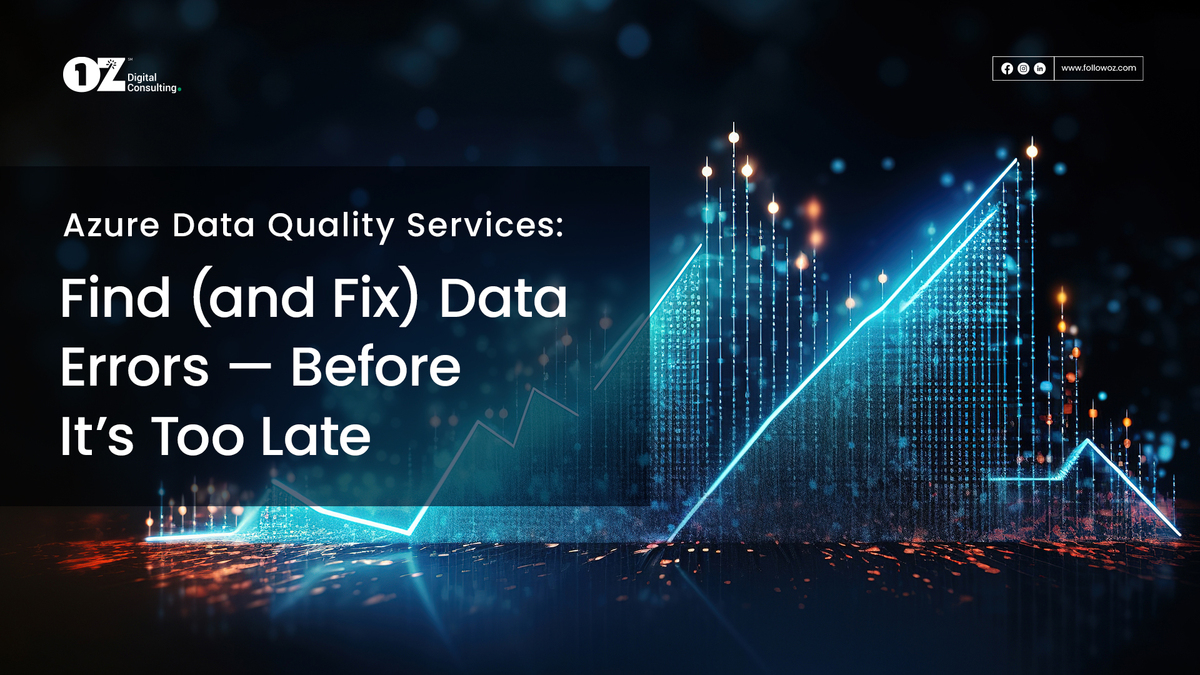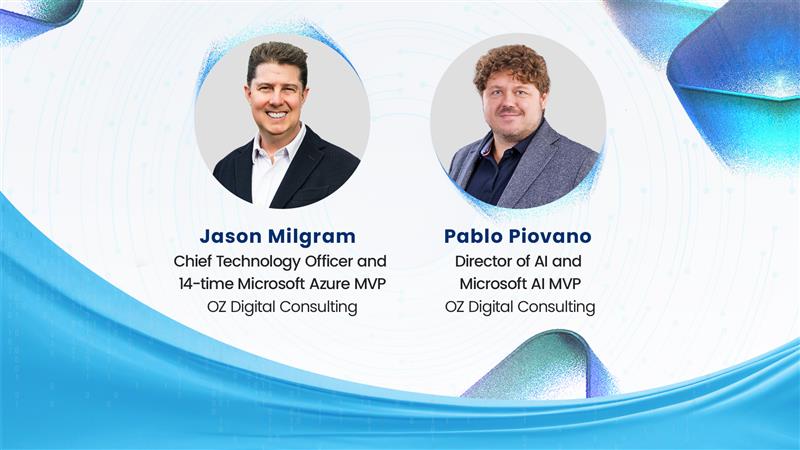By Sal Cardozo, Senior Vice President, Data Analytics & AI
There’s an abundance of data. But quality data still remains elusive. According to a joint study by IBM and Carnegie Mellon University, about 90% of data in an organization is never used for any strategic purpose. To get more value, data, like any asset, should be strategically managed. Identifying data issues early on is a strategy that will save you time and money down the road.
But to be able to weed out data inaccuracies and clean it up, you must first “know your data.” A process more commonly known as “data profiling.” What Kirk Boone from DataPrime calls “having a first date with your data.” Where you get to understand the characteristics of your dataset better.
Profiling and Analyzing Data
Before you analyze any dataset, you must first profile it.
Data profiling is the process of reviewing the data for accuracy, consistency, uniqueness, correctness and completeness. It helps you assess and generate statistics, giving you a better understanding of the availability and quality of your data.
At this stage, you will learn more about your data stores — such as rows, columns, average values, and more.
The more you know, the easier it is to check for red flags:
- Is your data missing values?
- Are there incomplete records within datasets?
- Are there duplicate values or records residing within the data?
- Do you need to add metadata to information to put it in a data lake?
- Do you need to migrate data from one system to another?
Why You Should Care
Incorrect data hampers your ability to make good decisions and provide:
- Better customer experiences
- Increase revenue
- Improve operational efficiency
- Create new products and services
Automated systems often do not work with incorrect data, which can interfere with data analysis, reporting, data mining, and warehousing.
That’s why data profiling is such a crucial step in data quality helping you:
- Identify Data Quality Issues
Detect anomalies, inconsistencies, and inaccuracies within your datasets. Then fix and develop data quality rules and standards and provide ongoing monitoring. When you begin to see the patterns associated with quality data, you can establish benchmarks to reference in the future. - Understand the Data
Profiling reveals relationships and dependencies among data elements or tables. Examining key relationships or column dependencies exposes data integrity issues such as orphaned records or missing references. Fix them through data cleansing, restructuring, or setting up appropriate governance. - Locate Data Anomalies and Outliers
Data profiling techniques — statistical measures, data distributions, or data visualization —detects outliers or unusual patterns within a dataset. Based on the findings, investigate further, validate, or filter processes. - Optimize Data Integration
Understanding the nuances of data matter when integrating datasets from diverse sources. Profiling helps identify commonalities and differences, ensuring a seamless integration process. - Assess Data Consistency
Check for consistency faster across columns or related datasets. By assessing relationships, dependencies, and referential integrity, identify inconsistencies and conflicts within the data. Remedying these issues may involve data transformation, standardization, or establishing proper integration processes.
Where to Start: Azure Data Quality Services
Recognizing the importance of quality data, Microsoft built Azure Data Quality Services (DQS). A robust data management tool that lets you profile and analyze data, pinpoint potential issues, and ensure that your data continues to generate insights for your business. It allows you to proactively address quality issues before they impact critical decisions.
Leveraging Azure DQS for Data Profiling
Azure DQS simplifies data profiling with a simple, intuitive interface and a range of functionalities that give you a 360˚ view of your data. Here’s how:
- Data Quality Projects
Azure DQS organizes data profiling activities into projects, allowing users to group related tasks. This project-centric approach improves collaboration and ensures a systematic approach to data quality management. - Domain Management
Central to profiling is the concept of domains — representations of data attributes. Azure DQS supports the creation of domains with a framework for defining data elements and their characteristics. - Knowledge Bases
Knowledge bases in Azure DQS store the rules and policies for data profiling and quality improvement. These customizable knowledge bases help you tailor them to specific business requirements. - Reference Data Services
Azure DQS integrates with reference data services, allowing you to compare and validate data against external datasets. It ensures your data aligns with industry standards and regulatory requirements. - Comprehensive Statistics
Get all the details you want about your data’s distribution, patterns, and quality, including information on data completeness, uniqueness, and the frequency of values within each domain. - Interactive Profiling
Interactive profiling enables you to analyze data in real time. It helps you iterate and make decisions at once.
Best Practices for Effective Data Profiling with Azure DQS
To reap the full benefits of Azure DQS, consider implementing these best practices.
- Define Clear Objectives
Outline your project objectives. Ask yourself what data issues you are trying to solve and what outcomes you hope to achieve. - Collaborate Across Teams
Data quality is a collaborative effort. While profiling the data, involve stakeholders from across teams—data scientists, analysts, and business users. - Update Knowledge Bases
Keep your knowledge bases current. Update changes to business rules, data standards, and regulatory requirements frequently. - Iterative Profiling
Data profiling is not a one-time activity. Take an iterative approach. Revisit your profiling while integrating new data sources or as your business evolves.
What’s Next?
As data proliferates, so will the need for data profiling. According to Statista, the volume of data generated, captured, copied, and consumed worldwide will top 181 zettabytes. The good news? You can automate profiling with robust data management solutions like Azure DQS and get on top of data quality issues before they become problems. More importantly, good data is the precursor to good decisions, giving businesses more confidence in their insights and strategies.
As a certified Microsoft partner with over a quarter century of experience, OZ can help you build that competitive edge.
Ready to learn more? Contact us.



